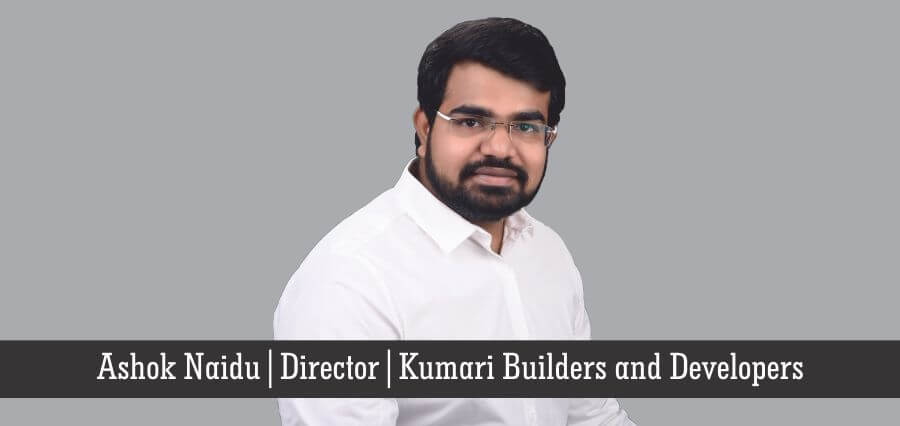July 1 of 2017 marked the start of a new chapter in the Indian taxation system. It is the day when the hugely debated Goods and Services Tax (GST) was introduced, thereby replacing the multiple taxes levied by the Central government and the State governments. Under the GST regime, all the indirect taxes (except customs duty) namely Value-Added Tax (VAT), excise duty, commercial tax and others have been substituted. The major advantage of GST is that it justifies its core philosophy of ‘One Nation, One Tax’ by creating a uniform tax structure.
The real estate sector also falls under the GST umbrella, with far-reaching implications for buyers and developers. Unlike the previous tax regime, GST allows input for tax credits on construction materials. This move is a major boon for the realty sector. It helps developers to tackle the problems of multiple taxations. Apart from simplifying the whole mechanism of taxation, GST brings the much-needed transparency into the real estate sector. It might impact the real estate sector marginally in the short-term but GST will not have a significant bearing on the pricing in the long-term.
Under the GST regime, all under-construction properties will be charged at 12 per cent (excluding stamp duty and registration charges). The actual GST rate is 18 per cent on reality but allows one-third of the tax to be deducted from the land value. Although GST gives an option to get full input set-off credit, it is not applicable on ready-to-move-in and completed properties. This might have an impact on the pricing in the near-term, but GST will have a definite improvement in the buyer sentiment in the long-term.
Housing For All
Another highlight of GST is that there will be no tax for projects falling under the affordable housing scheme. As it is a Herculean task to build 2 crore homes, the government has taken the right approach by choosing the public-private partnership (PPP) route for affordable housing. The move to exempt affordable housing from GST will motivate more private developers to contribute towards this scheme.
RERA Effect
While GST has been a sentiment booster for buyers, the implementation of Real Estate and Regulation Act (RERA) has started addressing many problems facing the real estate sector already. The property industry is plagued by issues such as delayed possession from builders and lack of transparency. RERA partially solves these looming problems by offering protection and faith to home-buyers as well as investors. However, the regulation poses numerous challenges to developers.
It is common knowledge that projects in prime areas generate quicker sales than projects elsewhere and the demand mostly increases in the ready-to-move-in phase. It is not uncommon for developers to divert some of the funds from prime-location projects to non-prime ones until the sales pick up. This would not be possible now due to the restriction of funds (up to 70%) through maintenance of separate accounts. The second challenge would be the pressure of delivering projects on time irrespective of factors such as delayed approvals and continual changes in regulations by government authorities.
Also, RERA fails to address some problems linked with ongoing projects. To give an example, as per RERA ongoing projects are those that have not received Occupancy Certificate (OC). Despite completing the project, there is a possibility that the developer may not receive the OC on time. There is a dire need for a single-window clearance to speed up the process.
Emerging Techniques
With an increasing focus on affordable homes and RERA laying emphasis on prevention of project delays, real estate developers are increasingly looking at innovative construction techniques to deliver quality homes at the best possible price within the promised time frame.
Prefabricated construction seems to have caught the imagination of builders in recent times. Reasons include a decrease in waste of construction materials and energy savings. However, the advantages of prefab could vary depending on the choice of materials.
Precast concrete construction is also gaining in popularity. With pre cast, the speed of construction is faster and the overall construction quality is far more superior. Despite this advantage, pre cast is not suitable for all types of construction and is mostly viable for large-scale projects.
Mivan shuttering is another innovative technology that is being put to best use by many builders to reduce delivery time and improve standards in quality. This fast-paced technique makes use of aluminum frameworks to offer strength and durability to the building.
Be it new construction techniques or the latest regulations and taxation reforms, the real estate industry in India is going through a transformational phase. How it is going to impact the industry in the long-term is yet to be seen.
By Ashok Naidu
Director
Kumari Builders and Developers


